In the 1980s and 1990s, a daring and renowned racing tribe developed from the heart of Osaka’s bustling streets.
This group of street racers, known as the Kanjozoku, changed the course of Japanese motoring culture forever by pushing the envelope and defying norms.
The Hanshin Expressway, a major highway network running through Osaka’s crowded city, served as the Kanjozoku’s playground.
In the dead of night, these anonymous gearheads would get together for adrenaline-fueled races that would put their modified cars to the test.
The influence of the Kanjozoku racing tribe is still visible in modern JDM culture. Their bold adventures and one-of-a-kind style have left an everlasting impression on the racing community.
The Kanjozoku culture has become a symbol of speed, flair, and an undying passion for racing. Let’s get into more detail about the ins and outs of this famous car subculture.
Origins and History of Kanjozoku Tribes
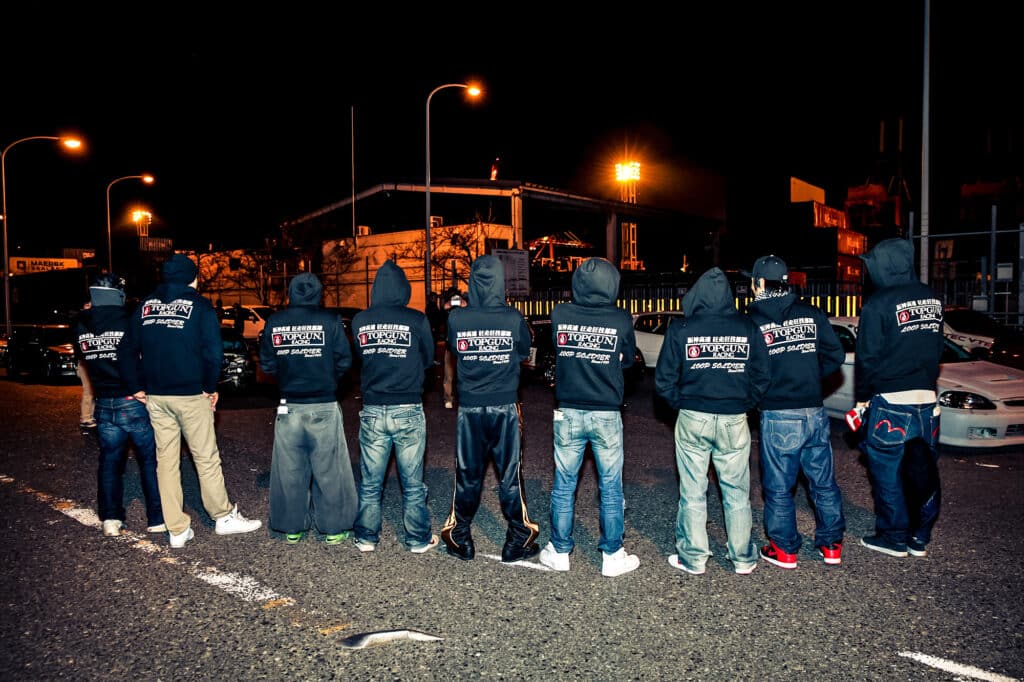
The Kanjozoku has its roots in the crowded streets of Osaka, Japan, in the 1980s. A group of young, brave auto enthusiasts saw an opportunity to create their subculture inside the emerging underground Japanese street racing scene.
The Kanjozoku’s distinct fashion and close-knit camaraderie made them stand out from other street racing groups.
Cars that graced the expressway were not only fast but also visually striking. Bright neon colors, vibrant decals, and aggressive body modifications became hallmarks of the Kanjozoku style.

These alterations not only improved the vehicle’s aerodynamics but also functioned as visual representations of the team’s connection as well as the individual’s identity.
Kanjozoku culture continued to evolve and gain momentum as more enthusiasts became drawn to its thrilling atmosphere.
Their reputation for risky street racing and unique car modifications drew others looking for the same adrenaline rush and community the group provided.
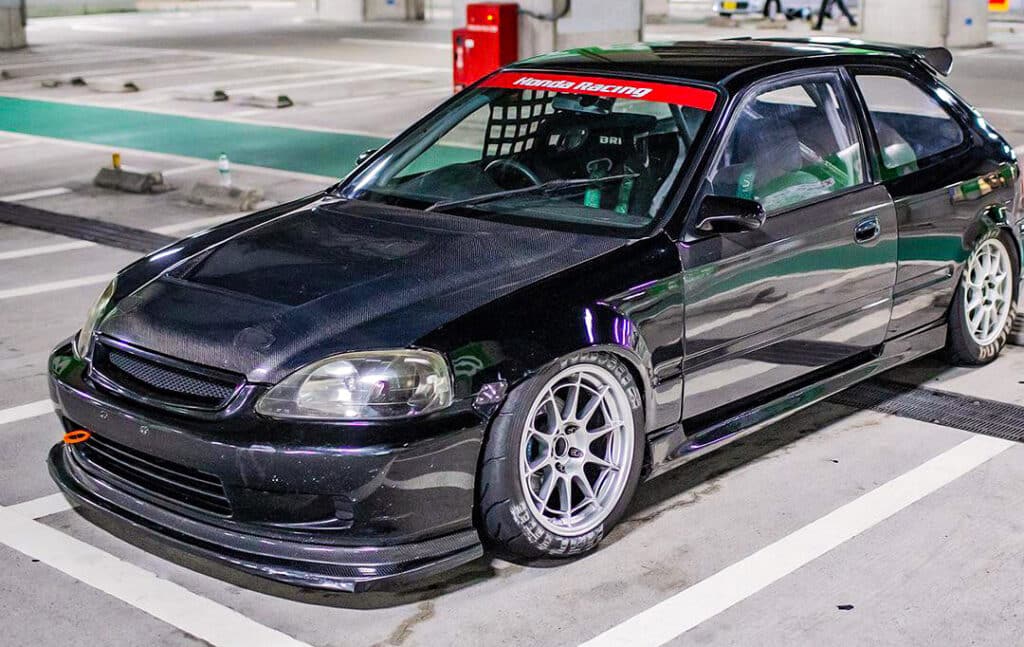
Eventually, teams and rivalries emerged, giving rise to an already fierce competitive atmosphere in Kanjozoku society.
Due to their tight-bound community and adherence to unwritten rules, the Kanjozoku were able to survive despite the dangers of illegal street racing.
Accidents and run-ins with the general public were kept to a minimum by using safety measures such as spotters to alert approaching cars and law enforcement.
This ensured the Kanjozoku to keep racing without drawing unnecessary attention to themselves.
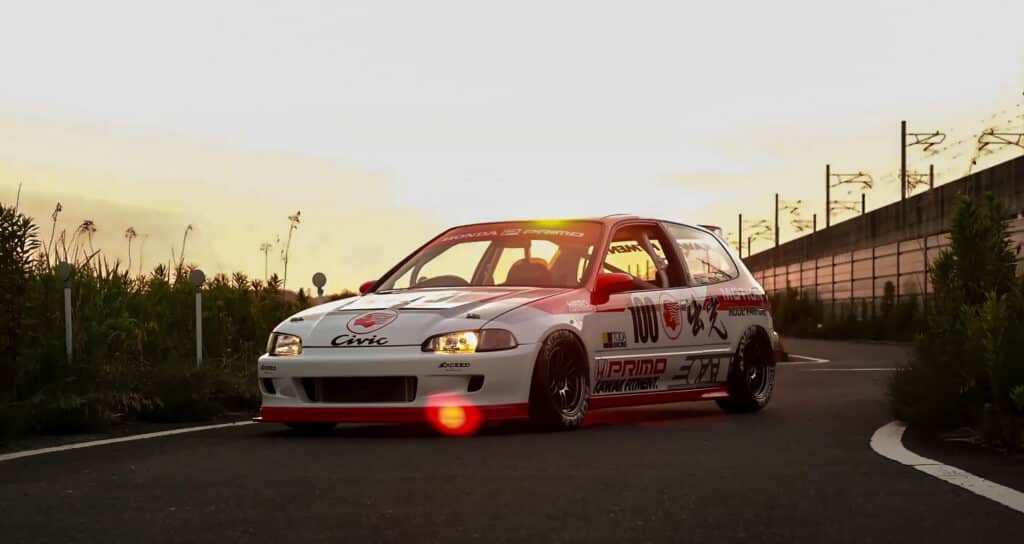
The identity of the individuals who initially built and established the Kanjozoku culture remains largely unknown and shrouded in secrecy.
They were a secretive crew of street racers who did their thing in the shadows to protect their identities and stay out of trouble.
Kanjozoku society as a whole valued privacy and shied away from the public eye. Participants often used aliases or nicknames to conceal their true identities, further adding to the mystery surrounding the individuals involved.
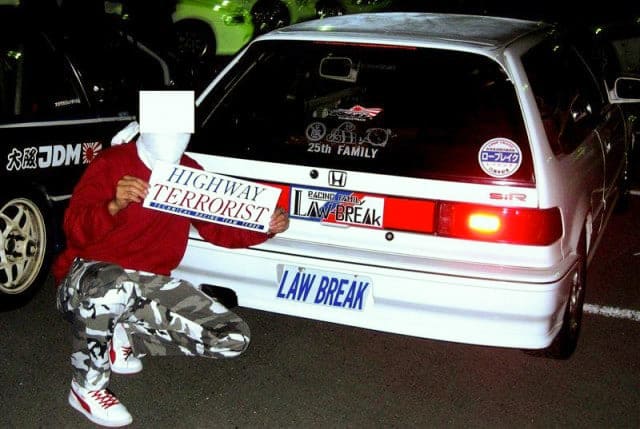
This anonymity was essential for them to avoid legal repercussions and keep their network strong.
Primarily, the Kanjozoku culture is centered on a shared love for cars, high-speed racing, and the unique beauty of their customized cars.
Honda Civic: The Kanjozoku’s Weapon of Choice
The Honda Civic’s prevalence in Kanjozoku racing has played a significant role in establishing the identity and domination of the community.
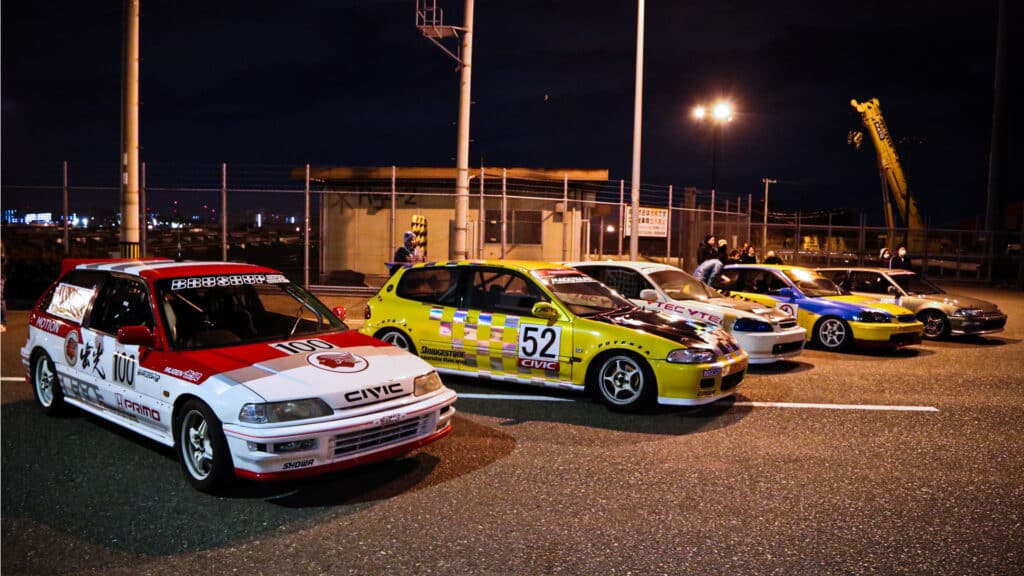
The Civic, particularly the older generations, such as the 4th, 5th, and 6th iterations, became the preferred choice for Kanjozoku racers due to several key factors.
To begin, the Honda Civic boasted characteristics that were ideal for the fast and nimble style of Kanjozoku racing. Its light body allowed it to maneuver quickly and deftly on the road.
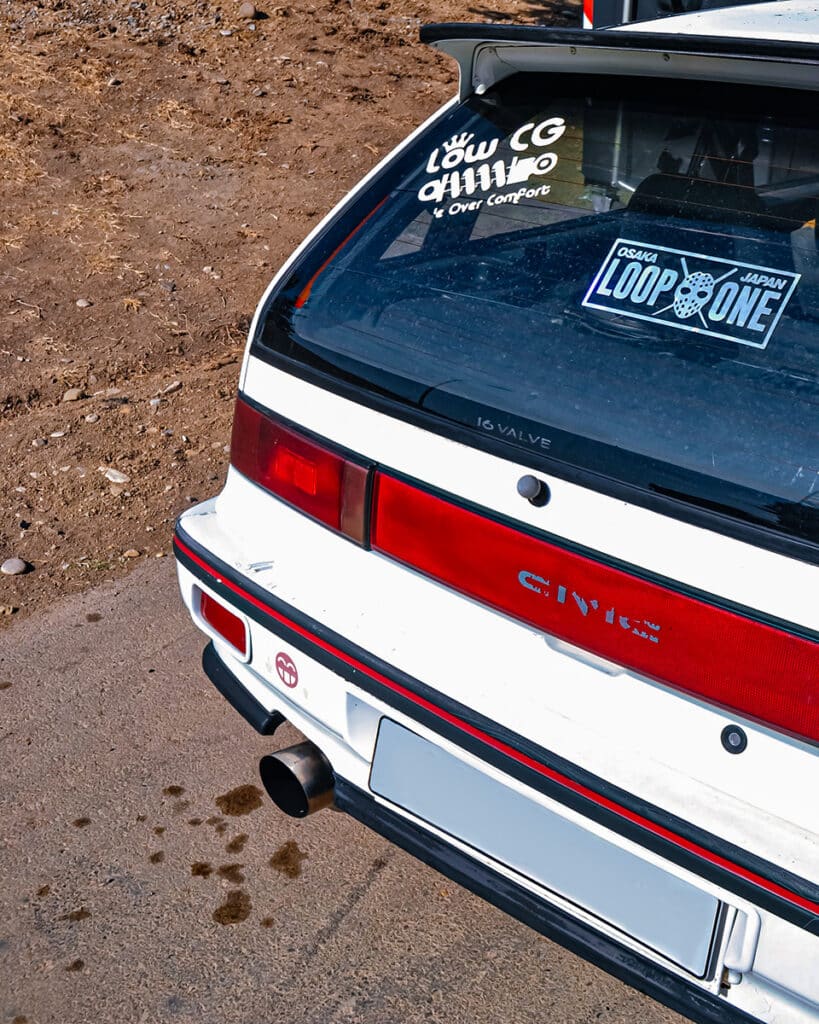
The Civic’s small size made it easy to maneuver in heavy traffic, making it the perfect car for the crowded streets of Osaka.
The Honda Civic’s VTEC or i-VTEC engine was another key selling point for the car among Kanjozoku competitors.
VTEC, an abbreviation for “Variable Valve Timing and Lift Electronic Control,” improved performance at higher rpm.
This technology allowed the Civic to deliver a surge of power, making it capable of achieving impressive speeds on the highways.
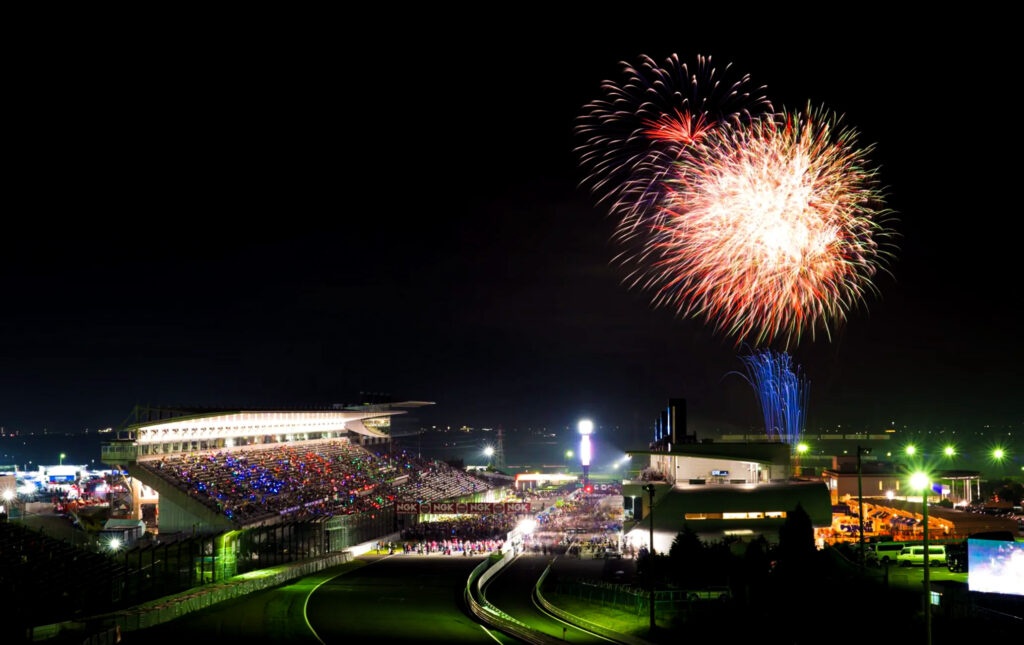
The proximity of the Suzuka Circuit to Osaka also played a crucial role in the popularity of the Honda Civic among Kanjozoku racers.
The Suzuka Circuit, not to be confused with Ebisu Circuit, known for hosting prestigious motorsport events, held “one-make” races specifically for Civics.
These events impacted the Osaka auto-enthusiast community. Consequently, the Civic’s status as the preferred vehicle of the Kanjozoku racing scene was further cemented, and the term “Kanjozoku racing” came to be associated with the Civic.
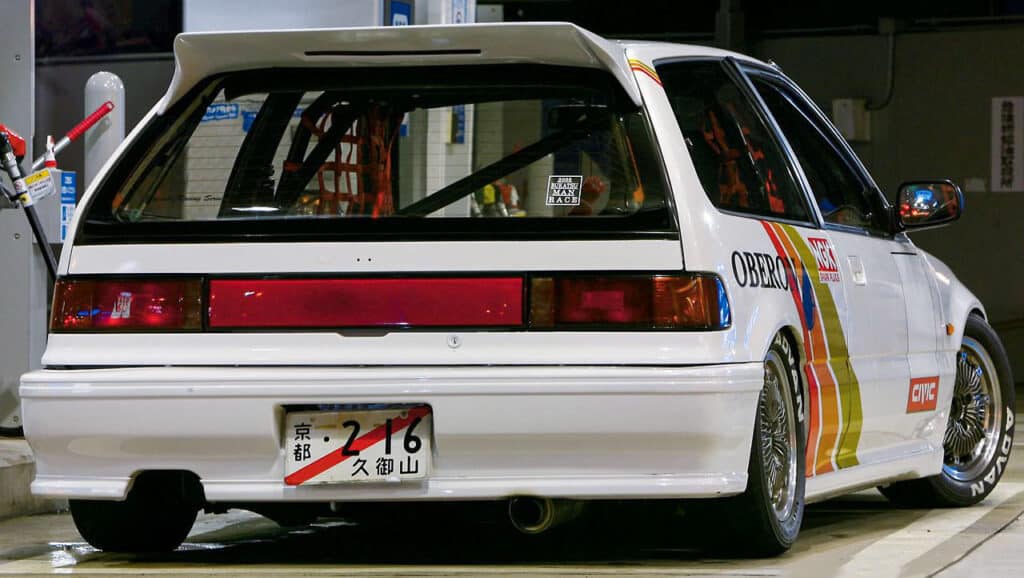
Furthermore, Osaka, the city that gave birth to Kanjozoku, is the most Honda Civic-dominated area. The streets of Osaka are often filled with Civic enthusiasts showcasing their modified cars and engaging in spirited racing battles.
Civics are ubiquitous in Kanjozoku racing, which has helped foster a special community and feeling of brotherhood among the cars’ owners and contributed to the sport’s meteoric rise to prominence.
Kanjozuko’s Culture and Influence

Kanjozoku’s culture and impact on racing groups like No Good Racing have been significant, influencing and shaping the broader racing scene in Japan.
Professional and amateur racers alike have been profoundly influenced by the subculture’s distinctive qualities and approach to street racing.
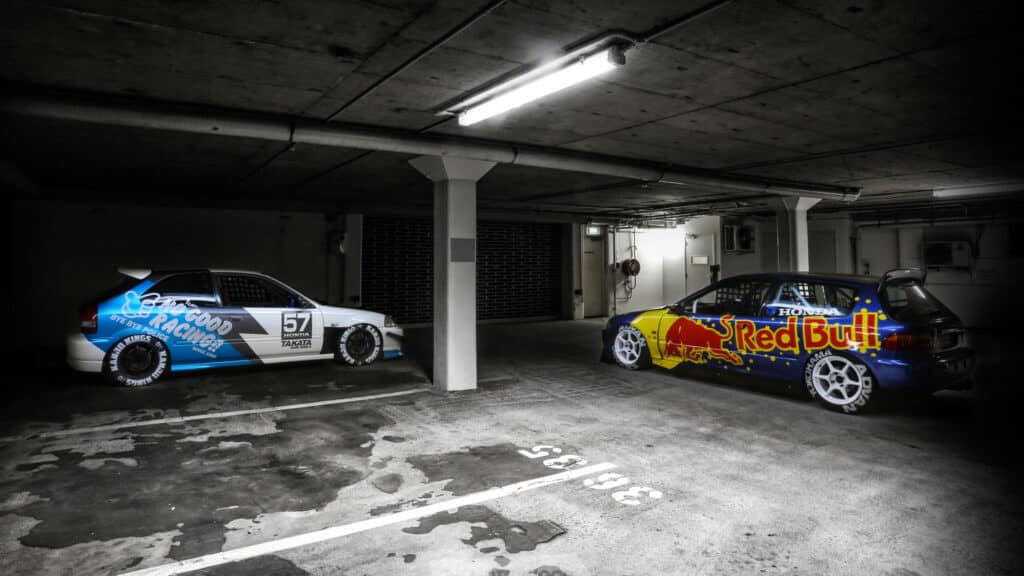
The importance that the culture of Kanjozoku places on talent and technique is undoubtedly one of its defining characteristics.
Unlike some other racing groups like Midnight Club which focus primarily on high-powered cars and straight-line speed, Kanjozoku racers prioritize agility, precision, and the ability to navigate through traffic.
This method has greatly influenced the racing world as a whole, encouraging a more balanced and adaptable attitude.
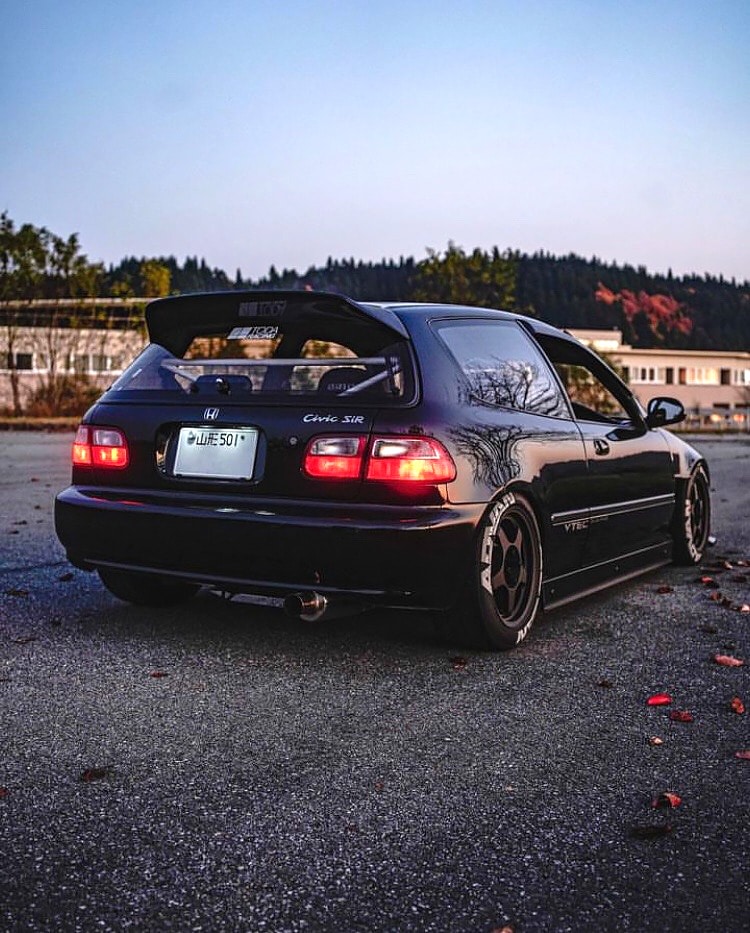
The impact that Kanjozoku has had on other racing groups may be seen in the manner in which these other groups have taken and modified specific aspects of the subculture’s practices and culture.
For instance, circuit racing and drift contests have adopted the idea of deftly navigating around congested traffic areas. Competitors in all types of racing now value drivers who can turn in on a dime and keep it together in crowded conditions.
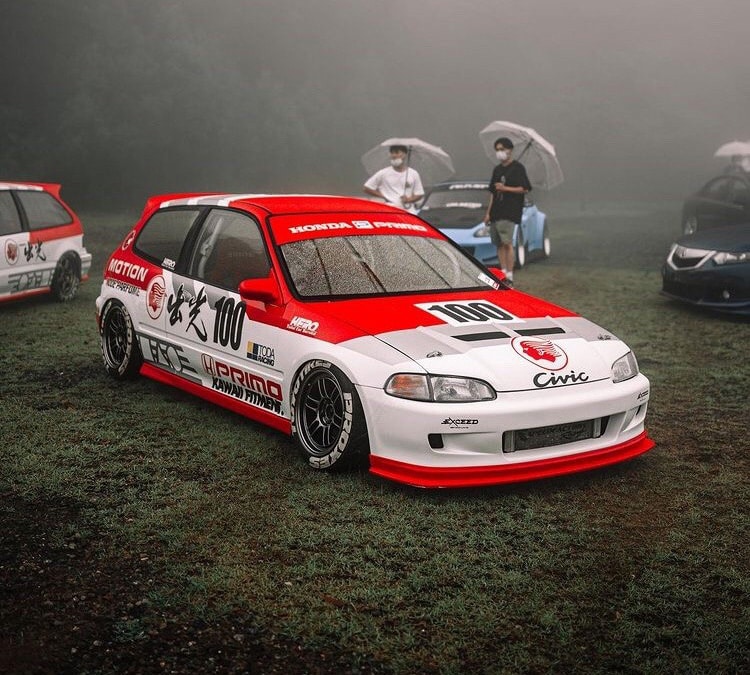
However, as time has passed, the impact of Kanjozoku has somewhat diminished.
Racing has become more diverse due to factors such as the proliferation of professional motorsports, the internationalization of racing events, and the development of racing subcultures such as touge.
Although the core values of Kanjozoku culture remain, the region’s impact may not be as widespread as it previously was.
Legal and Safety Concerns
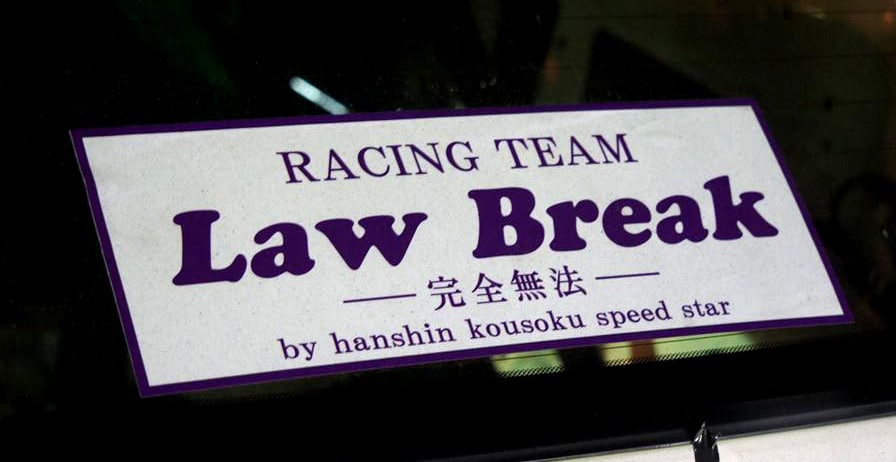
Back in the 80s and 90s, the Japanese car culture went through a different vibe from now. There was a trend toward dangerous, unauthorized racing activities at the time.
More leeway was given to such antics during this period than it now receives, as authorities generally took a more relaxed stance. As time has progressed, the legal position toward street racing in Japan has shifted.
Authorities have cracked down on street racing due to concerns about road safety, the hazards presented by illicit racing, and the growing worldwide concern for responsible driving.
Because of the risks it presents to drivers, spectators, and bystanders, street racing is forbidden in Japan.
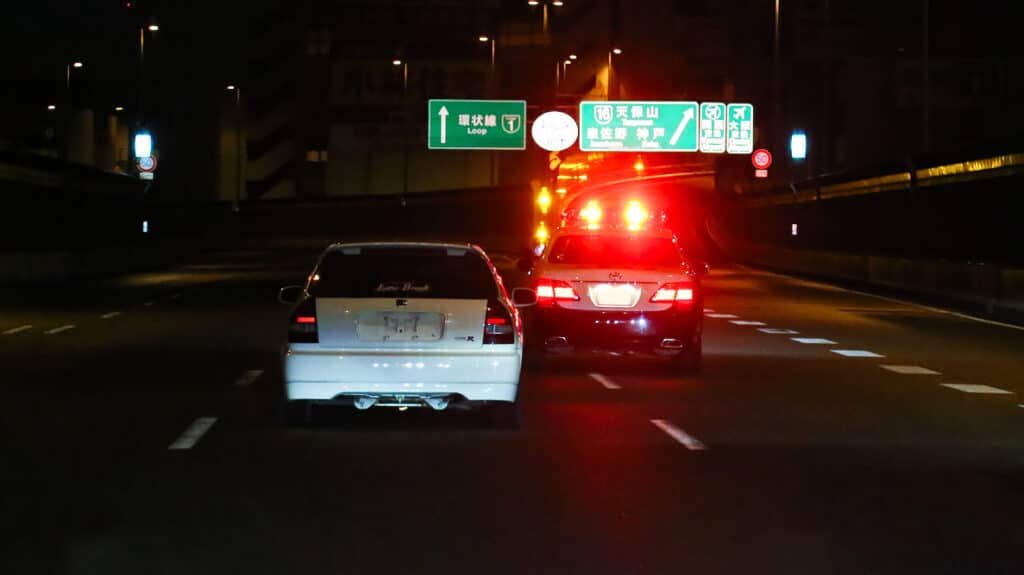
Driving recklessly, speeding, and endangering other people or their property are all violations of local law.
Legislation in Japan has changed to reflect a more watchful stance, and police have taken measures to clamp down on forbidden racing as a result of the dangers posed by the sport.
The penalty for violating these regulations may be harsh, with the police issuing fines, license suspensions, and even jail time in the most egregious situations.
They are monitoring the underground car scene with security cameras and extra patrols in problematic regions.
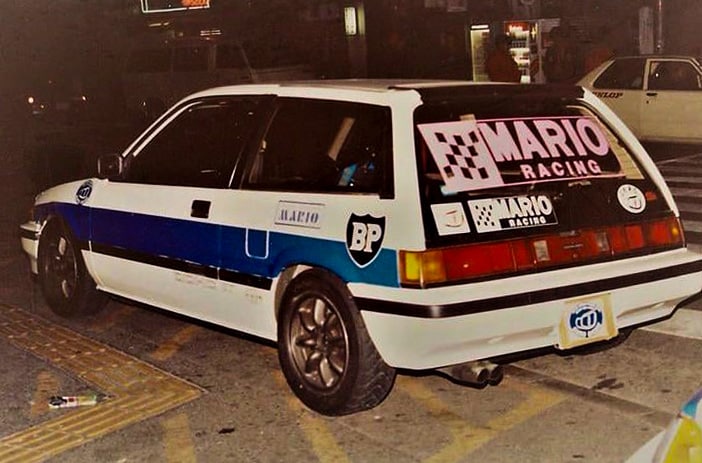
Events planned to take place on public highways are almost always illegal and are liable to be dispersed by the police.
Evidently, it’s effective. Anyone who is into cars in Japan will tell you that there isn’t nearly as much street racing as there used to be.
Consistent racers often mount picture-proof screens over their license plates or build spring-assisted swiveling systems that retain the plates down at high speeds.
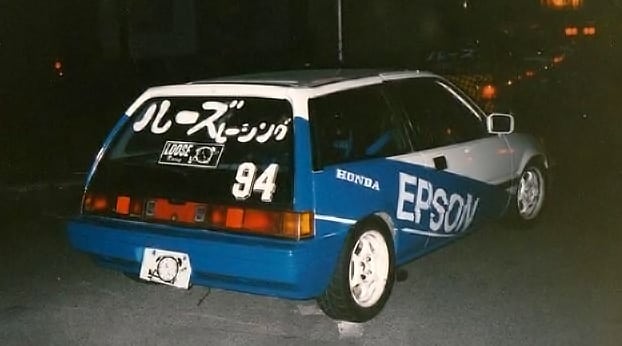
Although street racing in Japan has a long and storied history, it is slowly disappearing as authorities crack down on the practice and aging performance cars are penalized in favor of environmentally friendly vehicles.
Although modern-day Japanese street racing pales in comparison to its heyday, the underground culture is nevertheless fascinating.
Concluding Thoughts
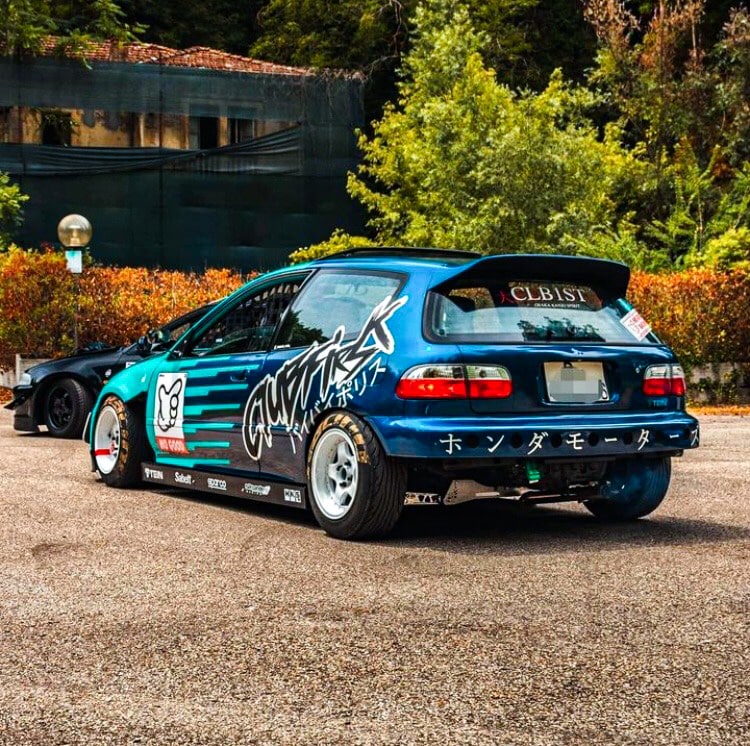
There has been a revival of curiosity around Kanjozoku in recent years, both in Japan and abroad.
The subculture has gained recognition through various media platforms, including documentaries, films, and online communities.
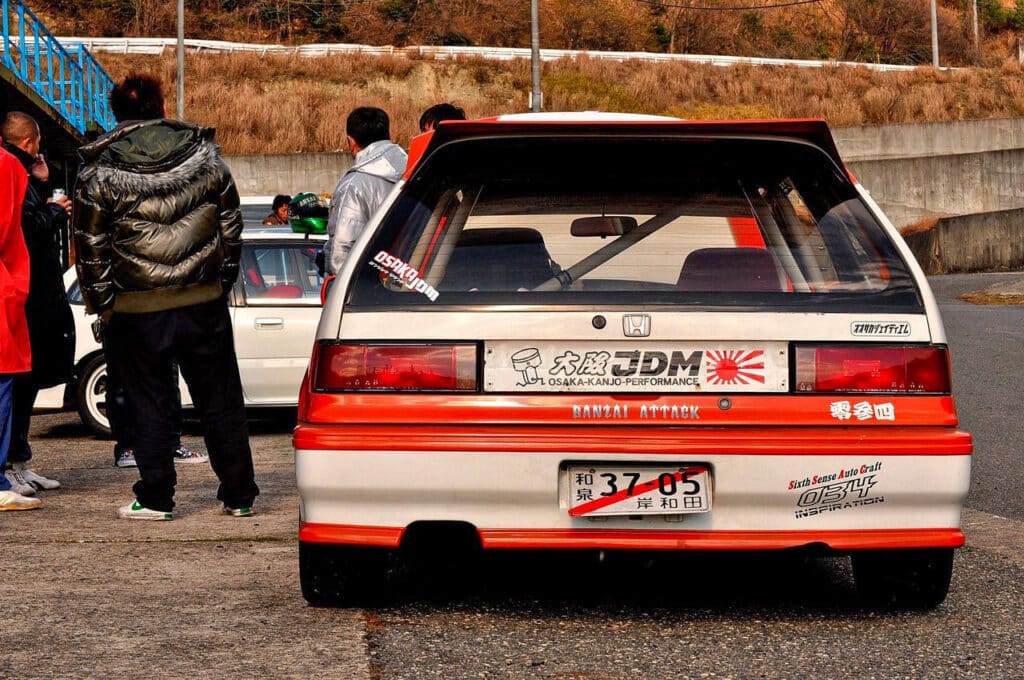
Because of this fresh look, the significance of Kanjozoku in the world of racing has been rediscovered and admired once again.
Have you ever had an experience with Kanjozoku cars and culture? Let us know in the comments.

